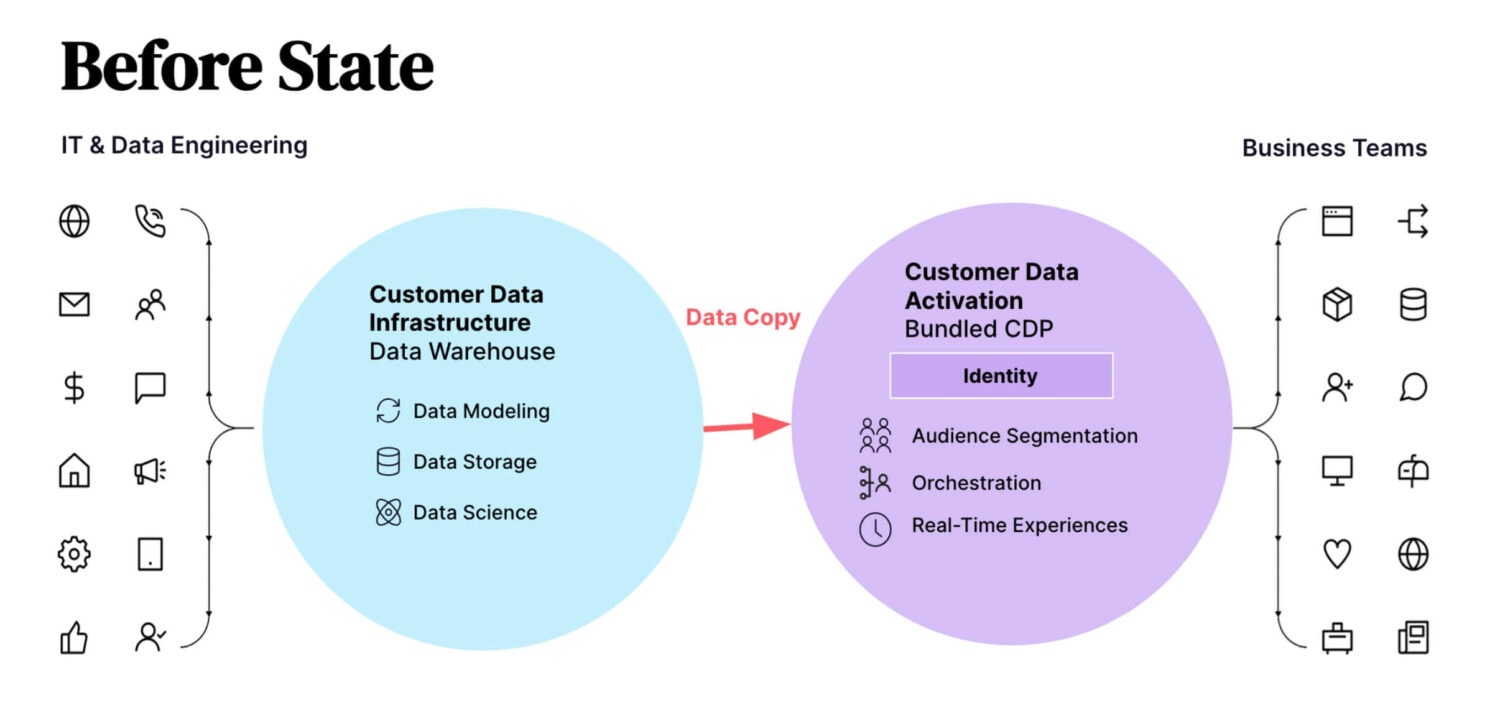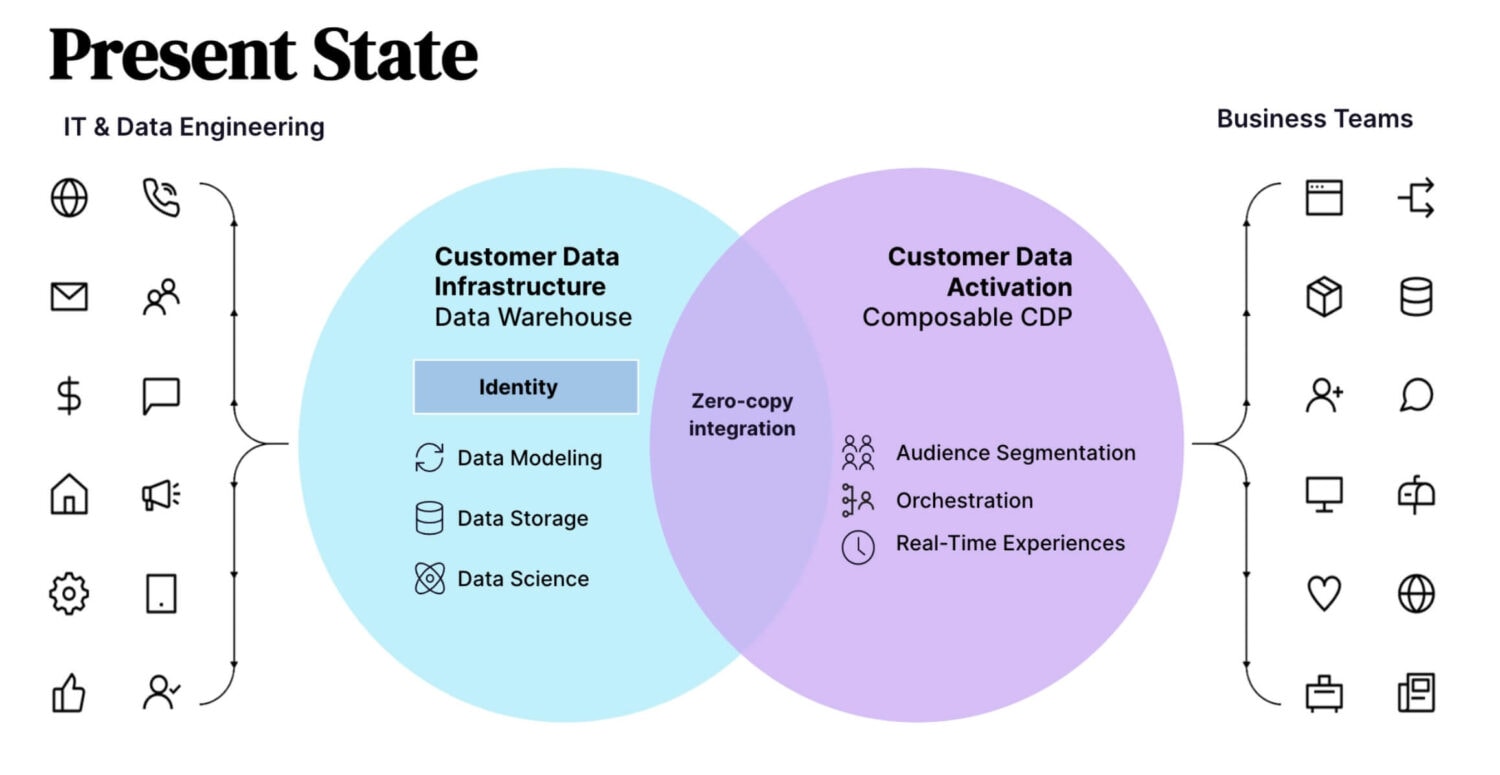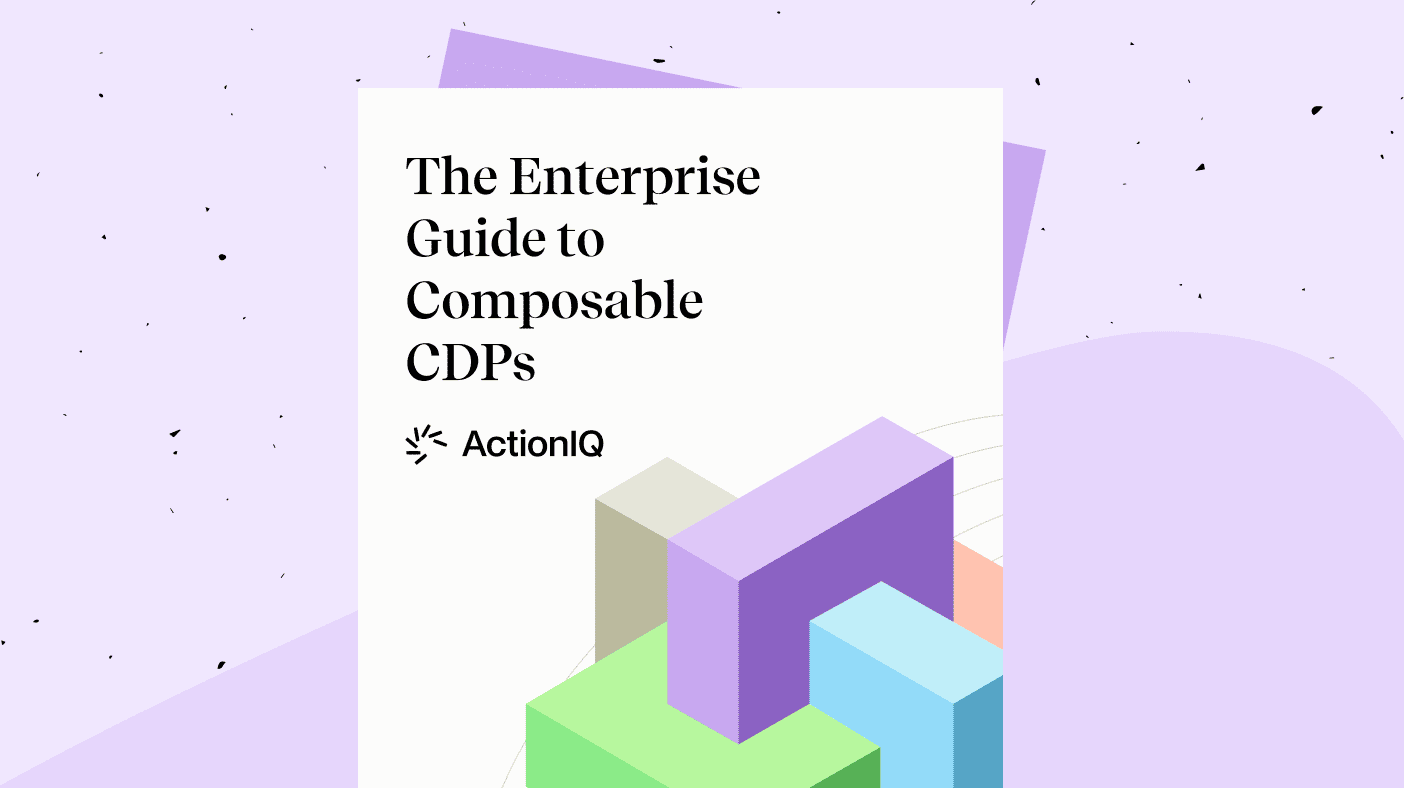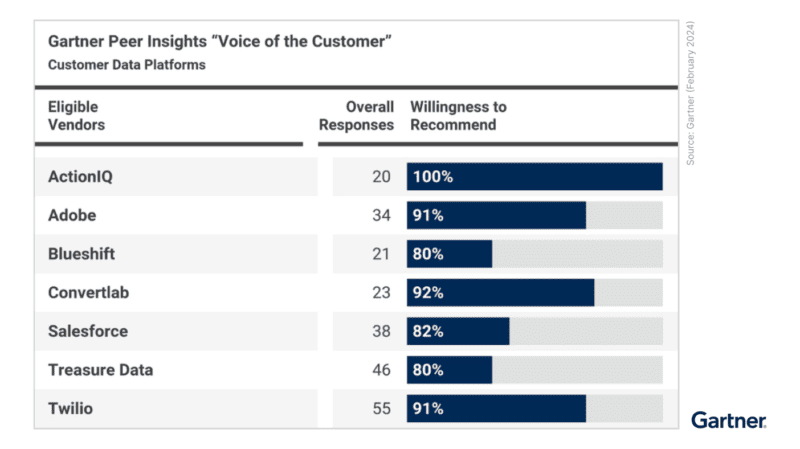Composability Eats Identity (for Breakfast)

A Brief History of Identity Resolution
In the past, resolving the identities of your customer records has been a challenging problem to tackle. Master data management (MDM) technologies in the 2000s tried to solve identity not just for customers but for all enterprise data. Those were bulky, expensive solutions that tried to do too much and never really worked well. Then we had the wave of “CRM” databases in the 2000s/2010s where a lot of manual work (read: expensive professional services) were required to create data marts with consolidated customer data and identities. More recently, certain Customer Data Platforms (CDPs) have emerged whose main value proposition has been to connect data and identity. These CDPs bundled data and identity, essentially copying data from source systems and creating a siloed customer 360 database. In many ways, these are proprietary customer data marts with some light business UI on top.

Unbundling Identity
However, this first wave of bundled CDPs are being disrupted by the trend toward Composability. In simple terms, the Bundled CDP was one that managed a copy of the data, separate from the client’s Cloud Data Warehouse. In contrast, a Composable CDP is one that is able to sit on top of the Cloud Data Warehouse and can operate without the need to copy the data from the data warehouse.
In a Composable architecture, CDPs are more applications than platforms (alas, martech and adtech have a truly terrible track record of misleading 3-letter acronyms!). So an Enterprise would use a single Cloud Data Warehouse for storage and processing of customer data, and the CDP would provide a rich UI for business access (doing things like audiencing, journeys, triggers, etc.) plus data integrations with martech tools that manage customer communications (email to call center to digital personalization) to power end-to-end hyper-targeted campaigns and customer experience (CX) features.

So, just like data storage and processing got “unbundled” by Composable CDPs and into the Cloud Data Warehouse, similarly today Identity becomes unbundled and moves closer to the data. AWS now provides its own Identity Resolution service, AWS Entity Resolution — and given their track record, we expect their service to very quickly become best in class.
ActionIQ is taking the Composable CDP definition to the next level, by giving the choice to the ActionIQ users of natively tapping into AWS Entity Resolution. As more services like AWS become available, we expect to extend our integrations to offer as much choice to our customers as possible.
The Future of Identity: Commoditized and Close to The Data
The notion of applications creating their own version of identity is exactly the bundled, siloed approach IT and CX professionals are trying to get away from. Customer identity is tightly linked to the data, and should be defined once and used across the organization for both efficiency and consistency reasons.
Let us be clear: picking a Bundled CDP with Identity Resolution capability today is almost guaranteed to be a throwaway investment within a couple of years. This is because there will be so many different vendors and innovation around dedicated Identity Resolution services, that a single vendor will not be able to compete.
In addition, there are architectural reasons why Identity belongs closer to the data (Cloud Data Warehouse provider) than higher up the stack in the CDP. Let us explore a couple ways this can play out.
“Push-down Identity”
So where are things moving in the future? The first scenario, which is already happening, is that identity will move down the stack and closer to the data. If identity is part of a Composable CDP offering, that means the rules/criteria/models that define the identity resolution process would be defined in the CDP, but the processing would happen in the Cloud Data Warehouse, with the resolved customer identity table(s) living there and being available for consumption for all downstream applications, including the CDP. ActionIQ’s Identity resolution product, as well as newer companies such as Truelty, follows this Composable architecture.
Identity-as-a-Service
We also foresee this going a step further, where identity moves beyond Composable, and into Identity-as-a-Service. In an Identity-as-a-Service offering, Identity will be a product/service offered by the cloud and data lake providers as a way to seamlessly provide identity resolution within their ecosystem. AWS’s recent announcement of AWS Entity Resolution, which provides deterministic and probabilistic matching on PII-based data without ever leaving S3, is the first such example. But GCP and Azure are likely to follow suit, and within 1-2 years the cloud data warehouse vendors like Snowflake and Databricks could have their own customer identity products as part of a build-your-own Customer 360 solution.
What About the CDP Vendors? Bundled vs. Composable Identity
What does this mean for the bundled CDPs that are almost entirely focused on data unification and identity, such as Amperity and Treasure Data? Indeed, these vendors have been very defensive of the trend toward Composability, with some (in private) calling it a ‘fad,’ among other things. This makes sense since their core value-add is to connect data and resolve identities in a siloed, proprietary data store. And by doing so, they are essentially competing against the cloud providers and cloud data lake vendors for control of data. In fact, those vendors are competing against the whole concept of the Modern Data Stack and, by extension, to the promise of Composability.
In essence, their approach creates siloed data marts, and in a world where the trend is towards best-of-breed and open architectures, this goes against all the trends we discussed above.
Identity Marketplaces
Eventually, these services will evolve into marketplaces offering integration of other third-party identity solutions, including data appends (e.g., appending household IDs) and data standardization/cleansing services (e.g., national change of address). These identity marketplaces will provide standardized integration and streamlined commercial processes handled through the cloud providers (e.g., AWS Marketplace). Purchasing through the marketplace is a win/win/win. For the cloud provider, it’s a small cut of the sales and increases service usage, since any product listed on the marketplace needs to be deployed on their cloud. For the customer, it’s a streamlined integration and ability to pay down enterprise spend agreements, with bigger spend leading to bigger discounts. And for the vendor, it’s visibility and distribution, especially since there are usually incentives for the cloud provider’s sales reps to sell marketplace service. Incentives matter, and in this case all incentives are aligned.
In Closing
Customer identity is foundational to any personalization strategy, and with any foundational technology, it should live as low in the stack as possible. We’re seeing the first wave of that downward migration of identity now, with more composable identity solutions hitting the market and the early days of the major cloud providers offering identity resolution in conjunction with their cloud data warehouses. No doubt, we’ll look back on this era of CDPs bundling customer identity in the same way we look back on the marketing data marts of the 2010s, as a model whose time has come and gone.





